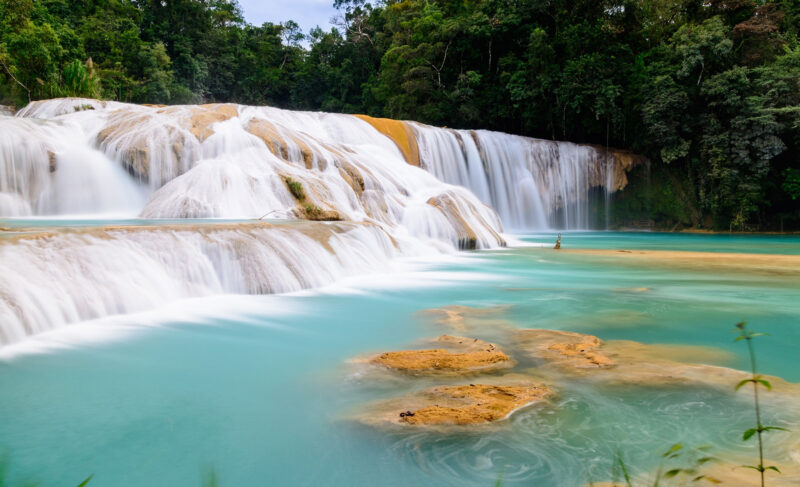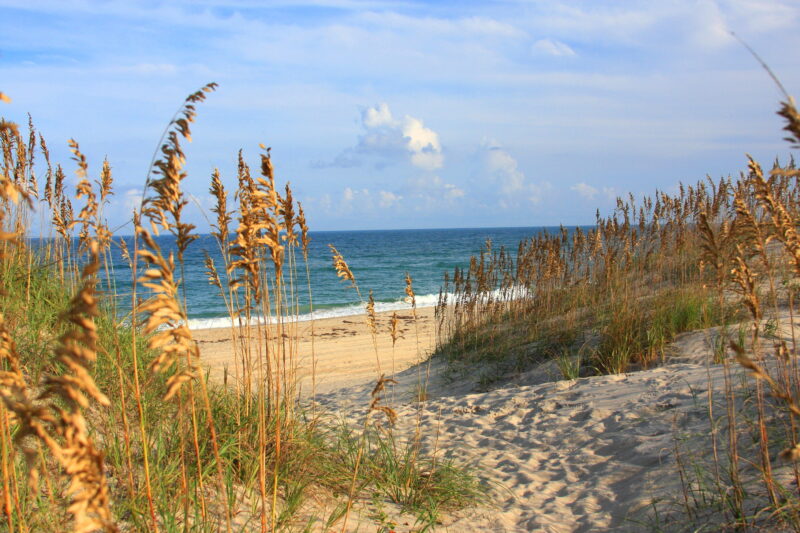Sure, Copacabana and Ipanema are the icons of Rio’s beach culture. And if I’m being honest, that’s probably where you’ll find me during the week, when I escape for a quick and sunny lunch break (only possible when you live steps from the sand). But when it comes to a real beach day, I prefer something more laid-back—fewer crowds, fewer vendors and more of that untamed coastal beauty that makes Rio such a wonder to visit in the first place.
Luckily, you don’t have to go far to find it. From cliff-backed coves to quiet stretches of sand tucked between forested hills, Rio is full of beaches that fly under the tourist radar. Some are right around the corner; others take a bit more effort to reach. But all are worth it.
Here’s my guide to the best beaches in Rio de Janeiro, Brazil (beyond the ones you already know).
Leme
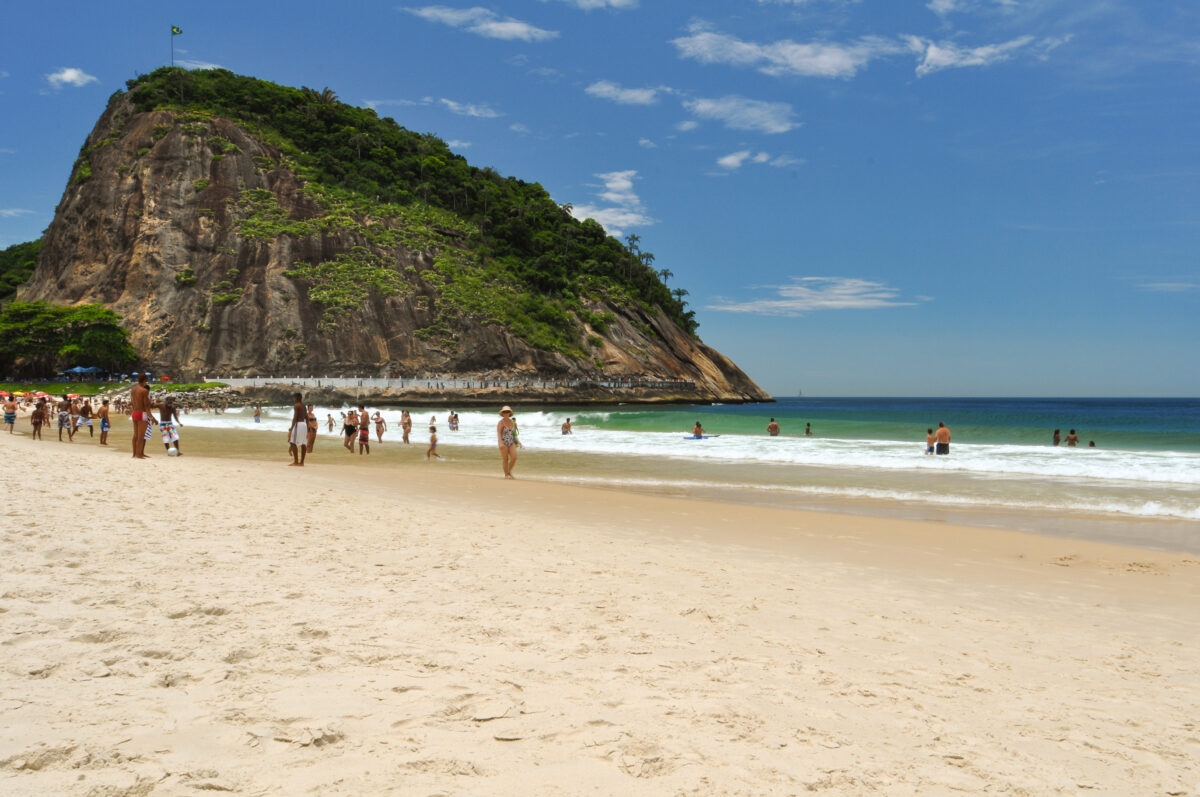
Tucked into the northern curve of Copacabana’s iconic shoreline, Leme offers a quieter, more local experience just steps away from the tourist frenzy. Nestled beneath a towering rock formation and backed by a mellow, residential neighborhood, the beach attracts Rio’s laid-back crowd—artists, old-timers and free spirits who prefer their Sundays low-key.
It feels like Copacabana’s cooler, offbeat cousin—the kind of place you only end up if you’re meeting a friend, grabbing a meal at a favorite restaurant, or intentionally seeking out a slower beach day on purpose. On the far end of the sand, a winding path hugs the boulder and offers a panoramic view of the coastline and Rio’s most iconic peaks.
Beachgoers come for the vibe and stay for the simplicity: cangas in the sand (the colorful sarongs every local uses as beach towels), fresh coconuts and the comfort of being surrounded by more locals than tourists. Living in Copacabana, I sometimes need a break from the crowds outside my window. When that happens, this is where you’ll find me.
Praia Vermelha
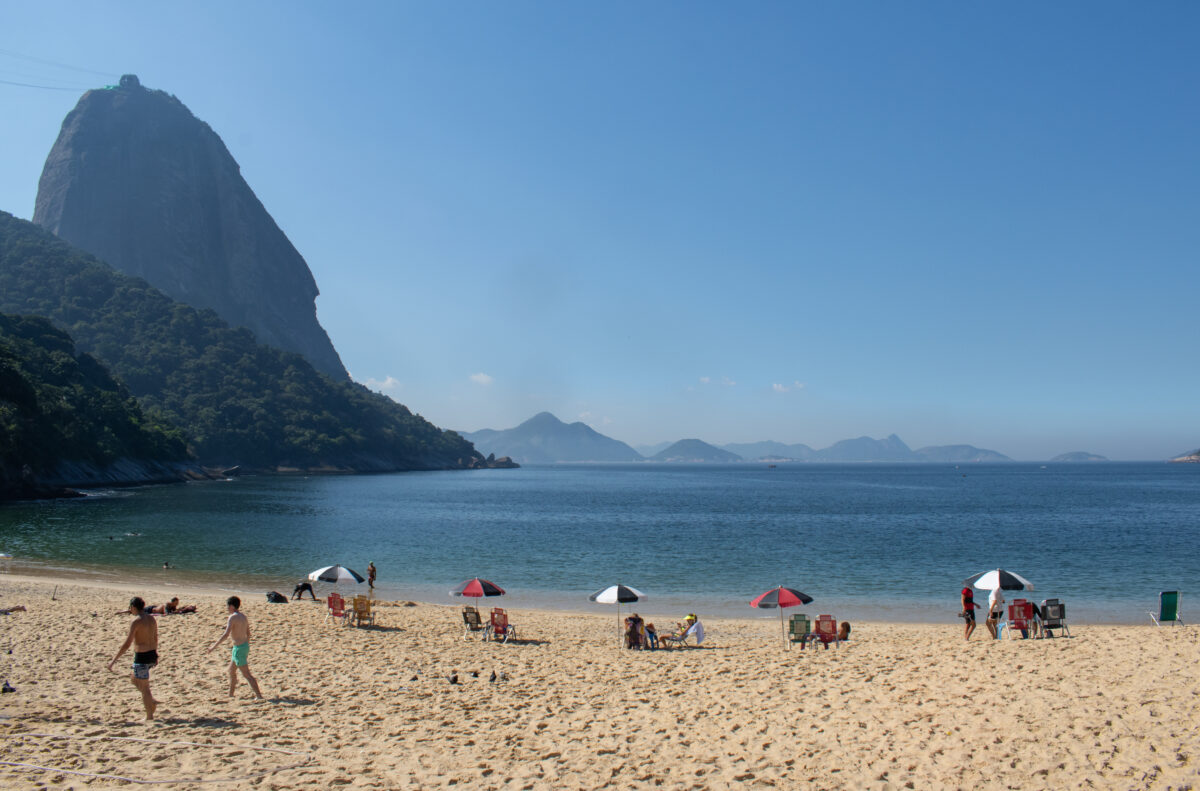
The first time I set foot on Praia Vermelha, I felt like I had left the city—even though I was still standing in the heart of Rio. I’ve felt that way ever since. There’s something almost mystical about this beach. Maybe it’s the way Sugarloaf Mountain rises dramatically above it, cable cars gliding silently up its granite face, while the sands below stay surprisingly quiet. Or maybe it’s the color of the water: a deep, jade-like turquoise that mirrors the greenery clinging to the rock behind it. The sea is calm here, ideal for a peaceful swim or floating in stillness.
Tucked into a small cove in the Urca neighborhood, it’s safe to say that locals treasure this little stretch of sand. Urca itself is one of Rio’s most charming residential enclaves, where traditional homes with Art déco details sit beneath the shade of big, tropical trees. The architecture blends history, nature and elegance, just like Praia Vermelha.
Praia do Vidigal
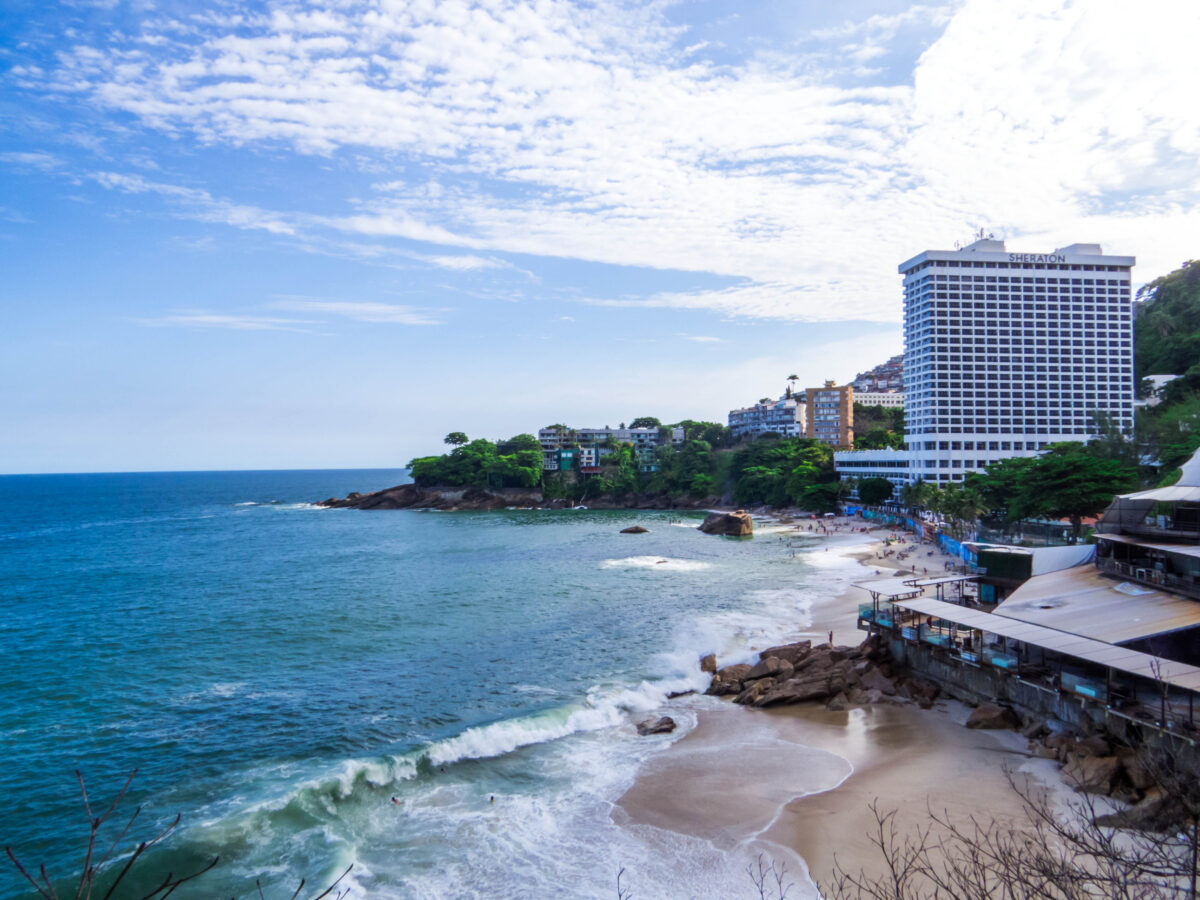
It took me four years living in Rio to finally make it down to Praia do Vidigal, which says something about its tucked-away, secluded nature. The beach is hidden just off Avenida Niemeyer—arguably the most scenic stretch of road in the city—right beside the Sheraton Grand Rio Hotel. If you’re staying at the hotel, there’s direct access. But even if you’re not, a stone staircase carved into the cliffside leads the way down.
As you near the bottom, the trees give way to a cove of blue water—crystal clear on a lucky day—split down the middle by a boulder. You’ll likely spot local kids jumping off the rock into the sea, their fearless leaps saying more than words ever could about the lives they lead in the community above. The beach takes its name from the nearby Vidigal favela, which has become a hub for visitors craving a deeper understanding of Rio’s favela culture.
Come here for a vibe that is carefree, local and unmistakably Rio.
Praia de São Conrado

Nestled between Rio’s upscale Zona Sul and the sprawling suburb of Barra da Tijuca, São Conrado is a bit of a middle ground, equal parts residential, modern and up-and-coming. But the beach is what gives the neighborhood its soul. The vast stretch of sand, often less crowded than other city beaches, has become a favorite for those in the know.
The scenery is also unbeatable: It’s the closest beach to the towering Pedra da Gávea, whose flat, vertical face makes for a dramatic backdrop. And on any given day, you’ll find paragliders landing here from the nearby cliffs of Pedra Bonita. Lately, the beachfront kiosks have taken center stage—especially Musa, a sleek new brunch spot that’s earned a devoted weekend following (with really long waits). On Sundays, the far end of the beach turns into a low-key party scene, with a DJ spinning sunset beats and a stylish crowd gathering for drinks with a view.
Joatinga
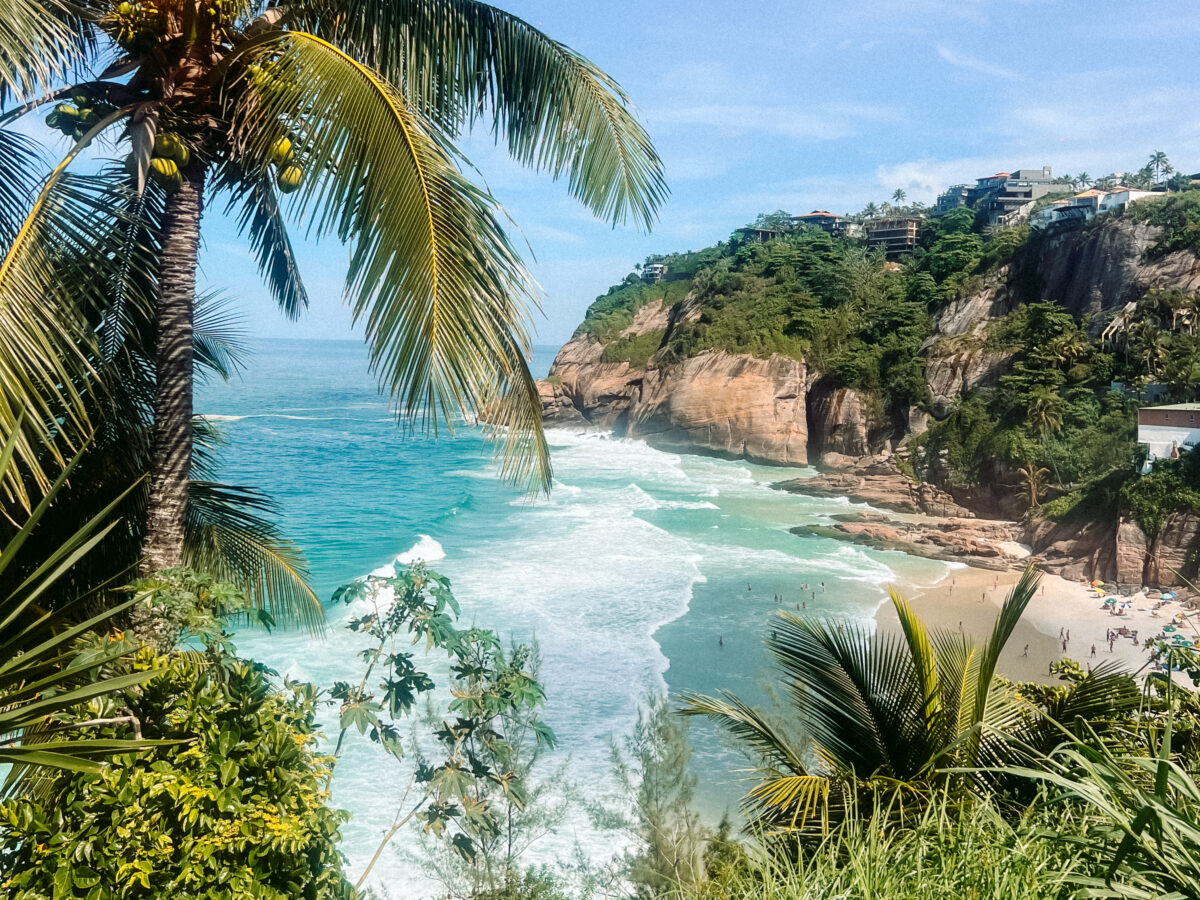
Joatinga is my sweetheart beach. Maybe it’s because two of my closest friends live here and I’m lucky enough to visit often—not just from the sand, but also from above, where the view stretches endlessly across the sea. But honestly, I fell in love with this beach long before I met them.
Tucked inside a quiet residential neighborhood, Joatinga feels like a hidden sanctuary carved into the mountains. You have to know where to look—access is through a gated community, but the beach remains open to the public. After a short walk down a rocky path, you’ll find yourself at the edge of a postcard: towering cliffs, bright blue water and waves crashing hard enough to keep surfers coming back again and again.
The sand is limited, which helps keep the crowds away, especially since the tide can swallow up the entire beach at certain hours. Surfboards staked into the rocks bear hand-painted messages like “Take your trash home” and “The best place to be is here and now.” It’s that kind of place. A little wild, a little spiritual and easily one of the most breathtaking beaches in Rio. If I had the chance, I’d live here.
Itacoatiara
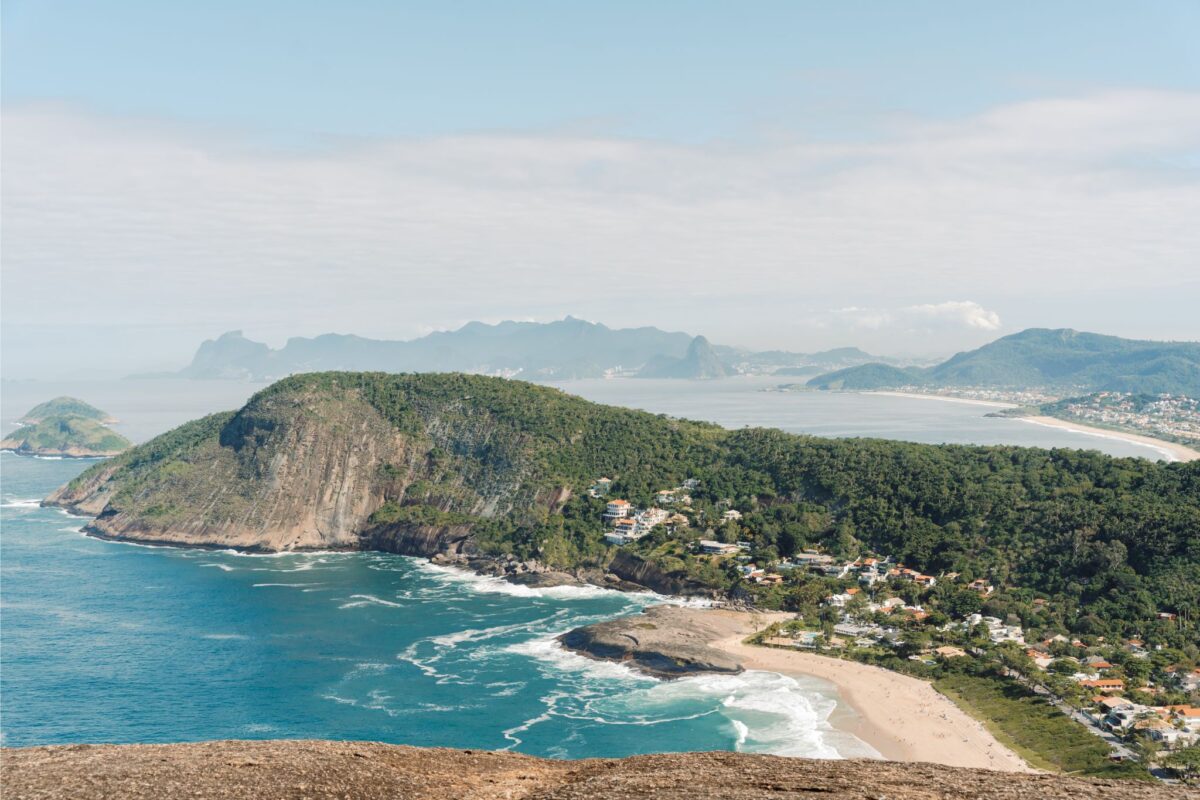
This is where I’d go for a staycation—not too far from the city, but far enough to feel like a getaway. Itacoatiara sits in Niterói, right across the bay from Rio. Getting there means crossing the iconic Niterói Bridge to the other side, something few tourists ever think to do.
The beach is tucked inside the quiet neighborhood of the same name, known for its calm, residential vibe. Streets here are named after flowers and the homes blend suburban charm with traditional Brazilian architecture. The main beach is a magnet for surfers and bodyboarders, famous for its powerful swells and as the site of major surf events like the Itacoatiara Big Wave.
Swimming isn’t ideal on the main beach—it’s almost always too rough—but there’s beauty in just being there. On one end of the shore, you’ll find a boulder with natural pools and a calmer cove where the waves ease up. It’s the only place I’ve dared to enter the water. Then there’s the Costão de Itacoatiara, the even bigger boulder on the other side of the beach, which you can hike for sweeping, 360-degree views of Rio’s dramatic skyline. Secluded and wild, this beach captures the raw beauty of Brazil’s coast.
Praia de Grumari
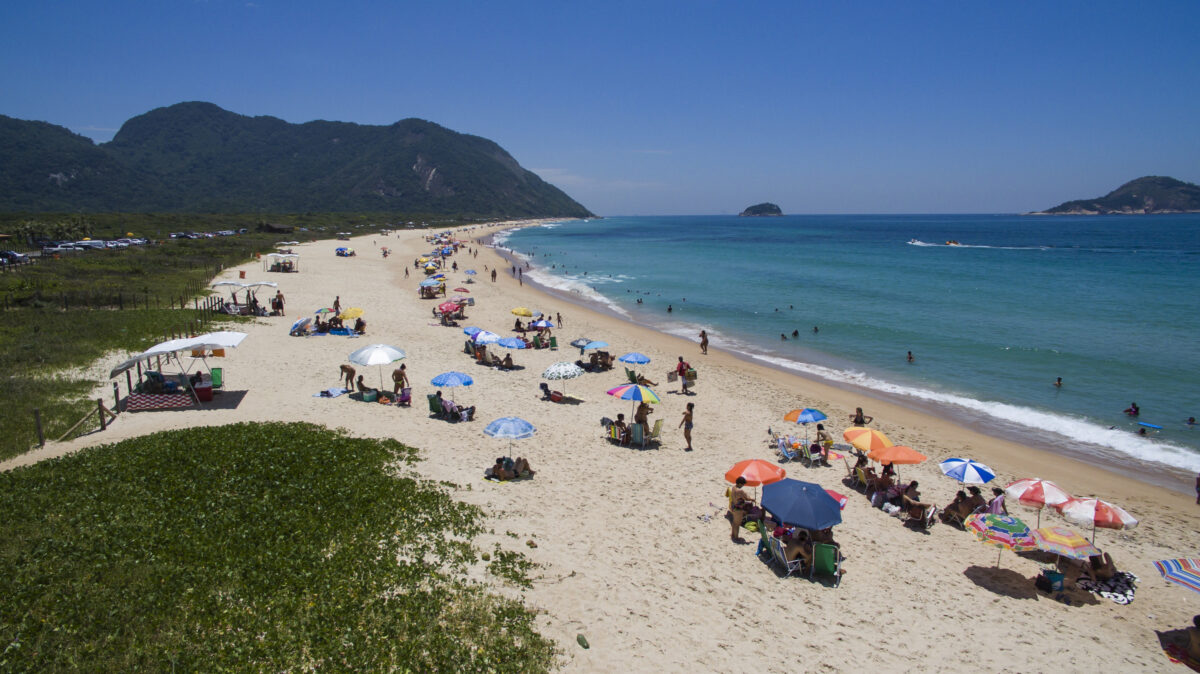
Grumari isn’t exactly close to the heart of Rio, but that’s what makes it so special. Tucked far west of the South Zone (where most visitors stay), this beach sits inside a protected nature reserve, making it the most untouched option on this list.
Getting there takes about an hour by car from Copacabana or Ipanema, but the drive is scenic and peaceful. You’ll pass through winding coastal roads with lush green hills on one side and the Atlantic on the other. Once you arrive, you’re met with a long, vast stretch of sand framed by rolling mountains and Atlantic forest. There are no high-rises, no honking taxis, no overaggressive vendors. Just nature.
Grumari feels more like California than Rio, with rugged cliffs and wild waves that draw in surfers, photographers and anyone needing a reset. There are a couple of beach kiosks, but amenities are minimal (and so is the cell service). That being said, plan ahead: schedule your Uber pickup in advance or try to connect to Wi-Fi at one of the kiosks when you’re ready to leave. It’s not the most convenient beach, but that’s the whole point. Out here, Rio’s chaos feels miles away—because it is.


